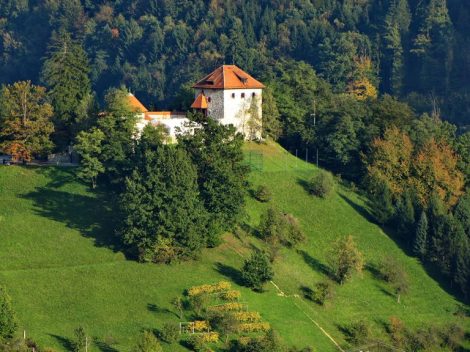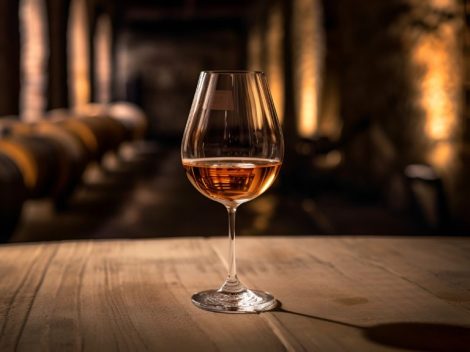Small, plump, round, with a skin colour ranging from orange to gold. Apricot is such a beautiful and sweet fruit that we keep it in the pantry all year round as jam or juice.
Origins of apricot. Italy’s northeastern (armelin) and Vesuvian apricot (crisommole): the long journey of the golden apple
The history of the Prunus armeniaca, or apricot, dates back around 60 BC, when the Romans spread it in Europe. Originally from northern China, it first reached the West through Armenia, whence it derived its name and it is praised as national fruit. Traces of this journey from central Asia to the Mediterranean area can still be found in some Italian dialects: in the Liguria region it is called armugnin, armelin in the Veneto region and mugnagh in Lombardy. From the Armenians to the Greeks, all the way to the aforementioned Romans, who developed the cultivation of this brightly coloured drupe under the Greek name of chrisomelos, meaning 'golden apple'. This term remained in use in the Campania region, one of today's major production areas, where the apricot is known as crisommola. The current name, however, seems to derive from the Arabic al barquq (barquq means 'plum').
Italian production: varieties and figures
Despite a bad 2020 harvest, with spring frosts, summer rains and the production almost halved, Italy remains Europe's leading producer. The apricots harvested are around 240 thousand tons per year, twice as much as Spain, but far from the 730 thousand tons of Turkey, first in the world. The leading regions are Emilia Romagna, despite a loss of 90% compared to 2019, and Campania, which instead recorded lower losses of around 30%. It is precisely these two regions that produce some characteristic varieties: the Reale di Imola and the Diavola. The former is a late variety with a gradual ripening that requires manual harvesting and is excellent for jams, while the latter is one of the sweetest varieties, larger with red streaks, hence the name.
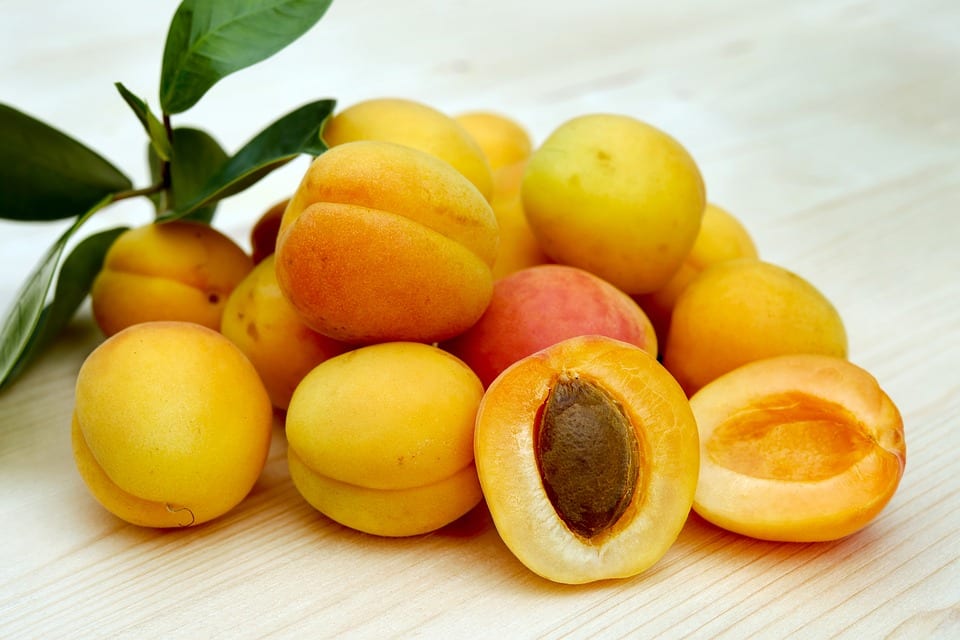
Among the many varieties there are the Precoce Toscana, one of the oldest and ancestor of many subvarieties grown in the region, and the Pindos, on the market from the beginning of May and with larger than average fruits. And then there are the fragrant Valleggina del savonese apricots from the Liguria region, the light yellowish Vinschger Marillen apricots with a strong acidic note from the Vinschgau valley in South Tyrol, and the light orangish and extremely aromatic Don Silvestro apricots, grown exclusively on the island of Ventotene in the Latium region. All these varieties are part of the Slow Food's Ark of taste project, as is another historic variety from the Campania region: the Crisommola Vesuviana (impossible not to think of Franco Pepe's amazing sweet pizza).
Vesuvian apricot: history of excellence
As early as 1538, the Campanian naturalist philosopher Giovan Battista Della Porta in his 'Suae villae pomarium' praised the quality of local apricots, especially the 'crisommole', the ones grown near the Vesuvius volcano. The socio-economic importance and the link with the territory granted the crop a PGI in 2004. Recognition, however, revoked five years later by the EU due to the mismanagement of Italy's agri-food wealth, more specifically because of a bureaucratic-linguistic hitch. To date, the process of regaining EU protection is still ongoing. In the meantime, however, some producers of Crisommola Vesuviana consoled themselves with the inclusion of older varieties, including the renowned Pellecchiella and Boccuccia, in the Slow Food presidia.
Apricot: nutritional properties
The habit of consuming them in the form of preserves or fruit juices could mislead into believing that they are extremely high in calories and sugar. Apricots, instead, have a very low calorie count of around 30 calories per 100 grams. They are also rich in beta-carotene, a vitamin A precursor, vitamin C and, of course, fibre.
Apricot recipe: Asticoccola, the cocktail by Nicola Mancinone
Apricot jam is undoubtedly one of Italians' favourite ways to eat it, spread on rusks or used as filling for tarts (you can find the recipe here). But Nicola Mancinone, bartender from Asti and owner of Il Confessionale, a travelling ghost bar opened in 2017, suggested an alternative and tasty way to enjoy apricot’s sweet-sour balance and aromas. The 'Asticoccola' is the result of the combination of apricot jam and a territory’s signature product: "It is a low-alcohol drink, where the grappa’s aroma comes through the nose and less through the mouth. The overall alcohol content is very low. For a good result, it is important to use a top quality Moscato grappa and Moscato d'Asti," advises the bartender.
Ingredients
2 cl/0,70 oz Moscato grappa
3 cl/1,05 oz orange juice
2 teaspoons organic apricot jam
10 cl/3,5 oz Moscato d'Asti sparkling wine
Mix the first three ingredients with a spoon, add ice cubes and shake vigorously; strain the mixture twice into a cup and fill it with Moscato d'Asti sparkling wine. Add a teaspoon of jam at the bottom of the glass and orange essential oils on the surface.
by Valerio Dussich

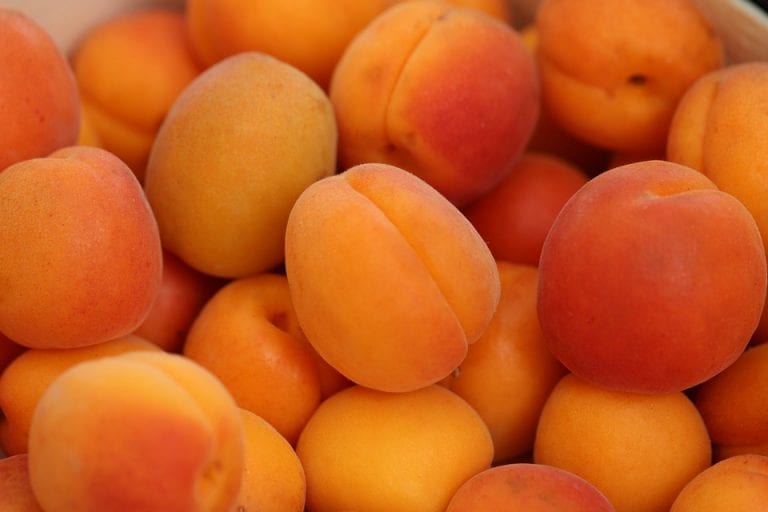
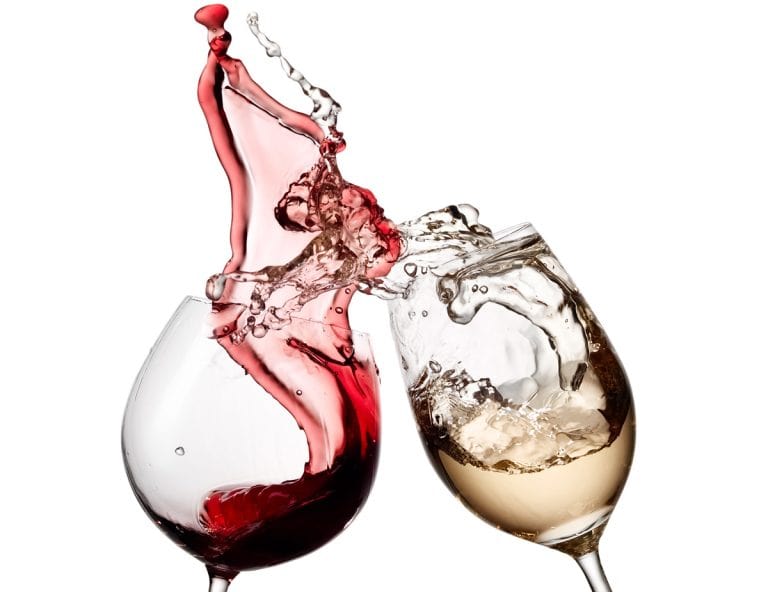 The Game (and the misunderstanding) of dealcoholised wines: even an expert critic can be fooled at first sip
The Game (and the misunderstanding) of dealcoholised wines: even an expert critic can be fooled at first sip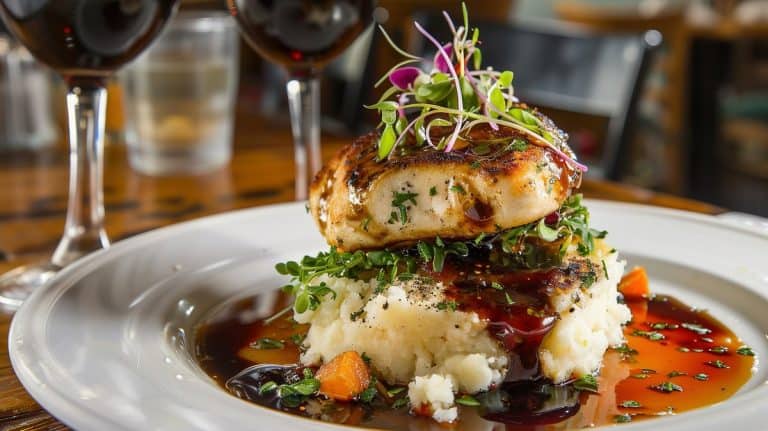 With fish, you can (also) drink red!
With fish, you can (also) drink red! The story of the pharmacist who dispenses prescriptions by day and crafts gourmet burgers by night
The story of the pharmacist who dispenses prescriptions by day and crafts gourmet burgers by night It's time for light Prosecco: the lower-alcohol version is the latest innovation in record-breaking bubbles
It's time for light Prosecco: the lower-alcohol version is the latest innovation in record-breaking bubbles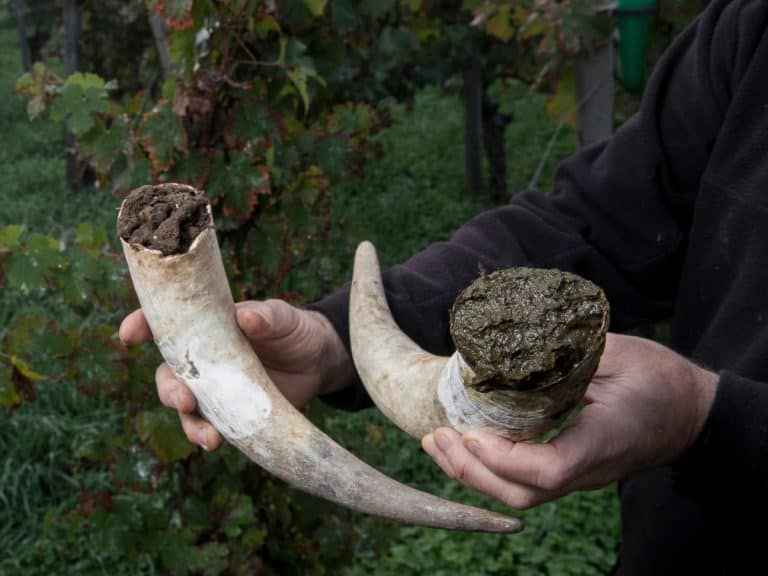 "Biodynamic preparations ave no effect on viticulture": The shocking conclusions of a Swiss study
"Biodynamic preparations ave no effect on viticulture": The shocking conclusions of a Swiss study


